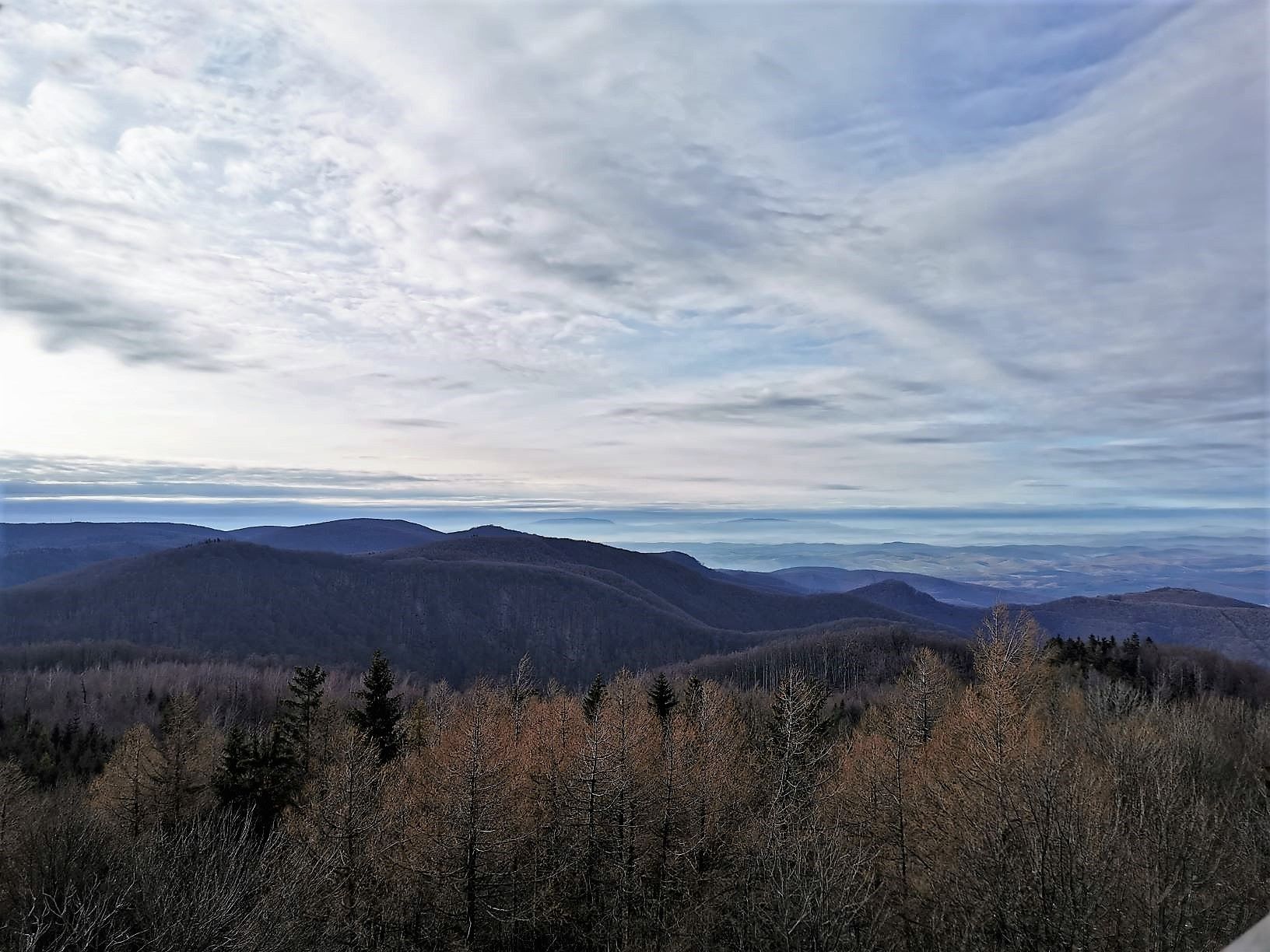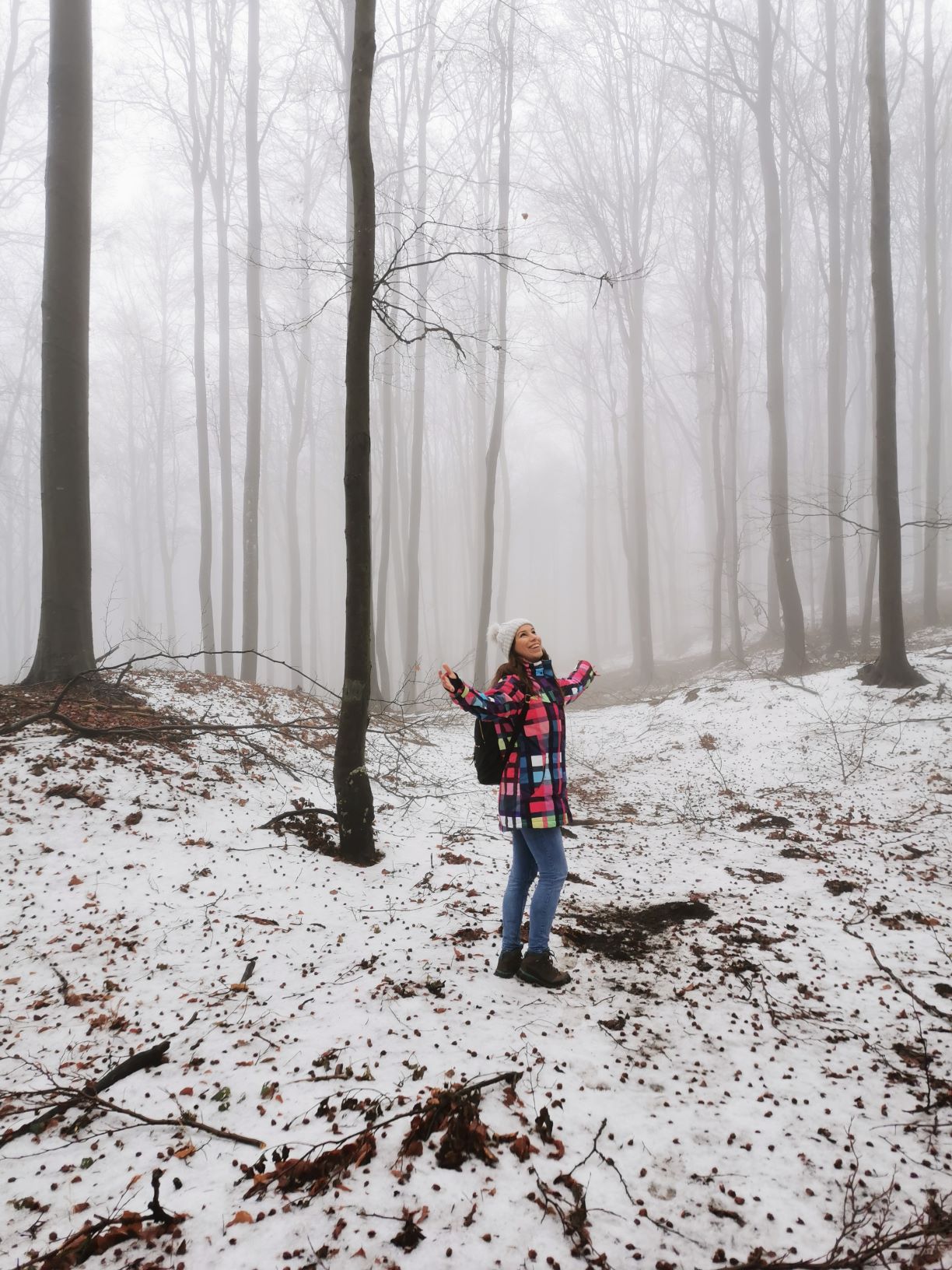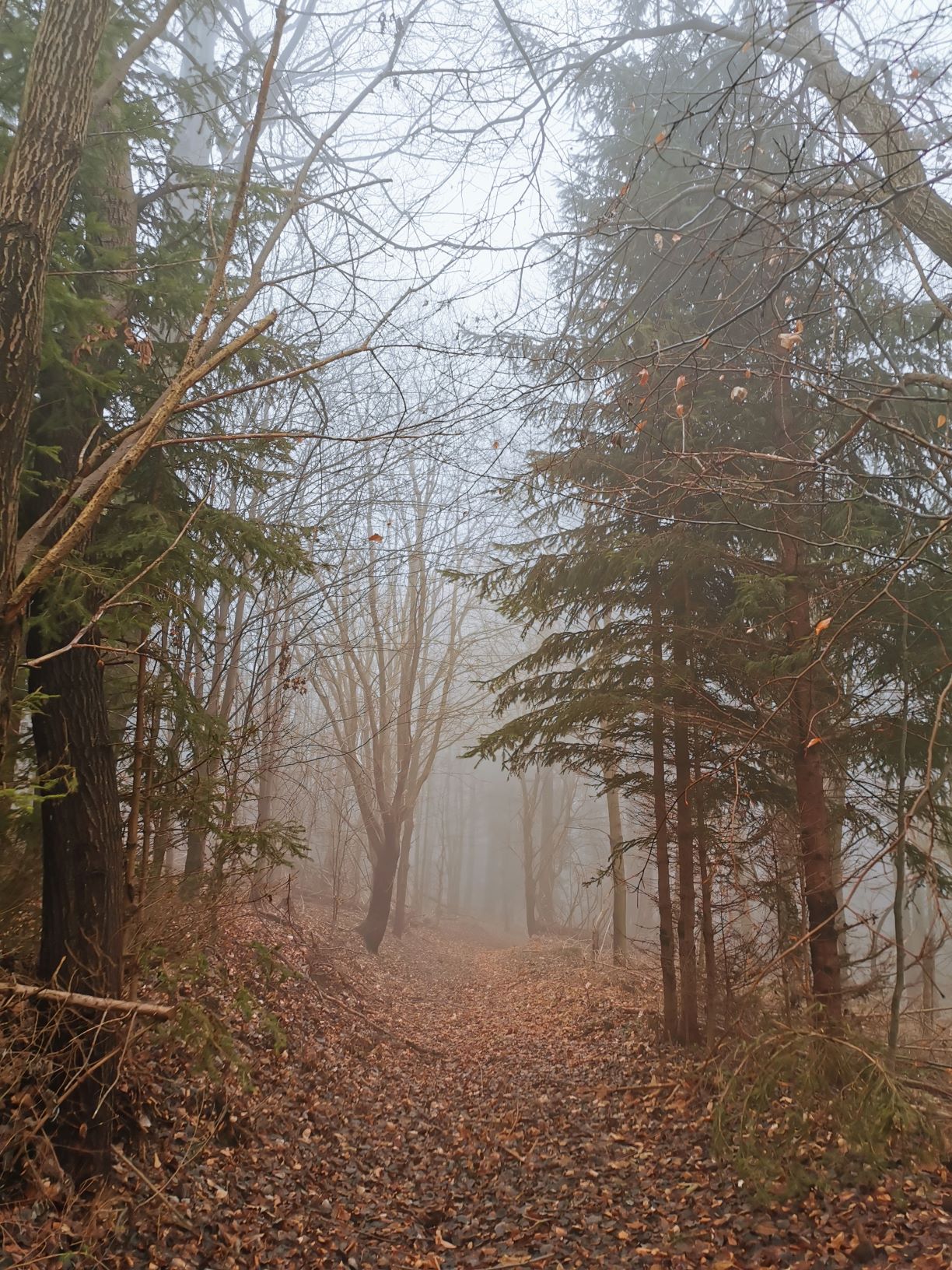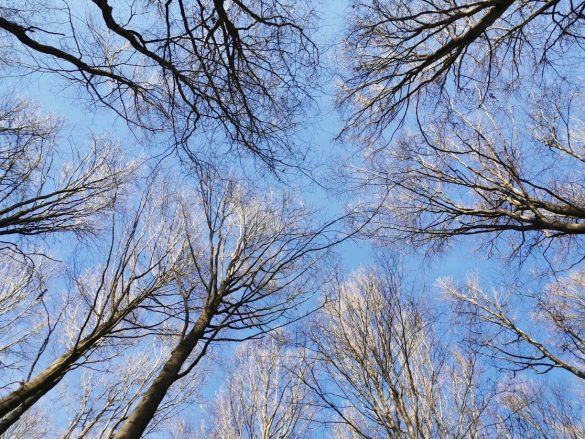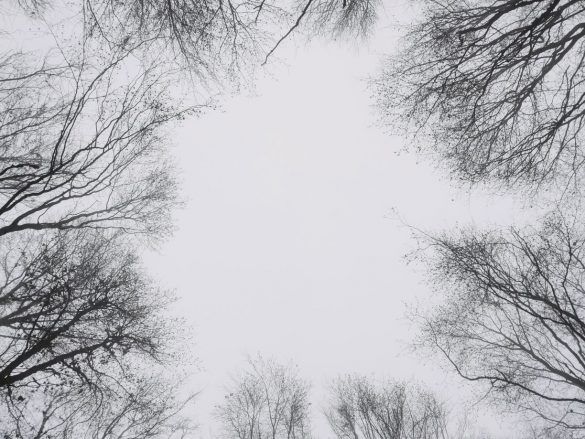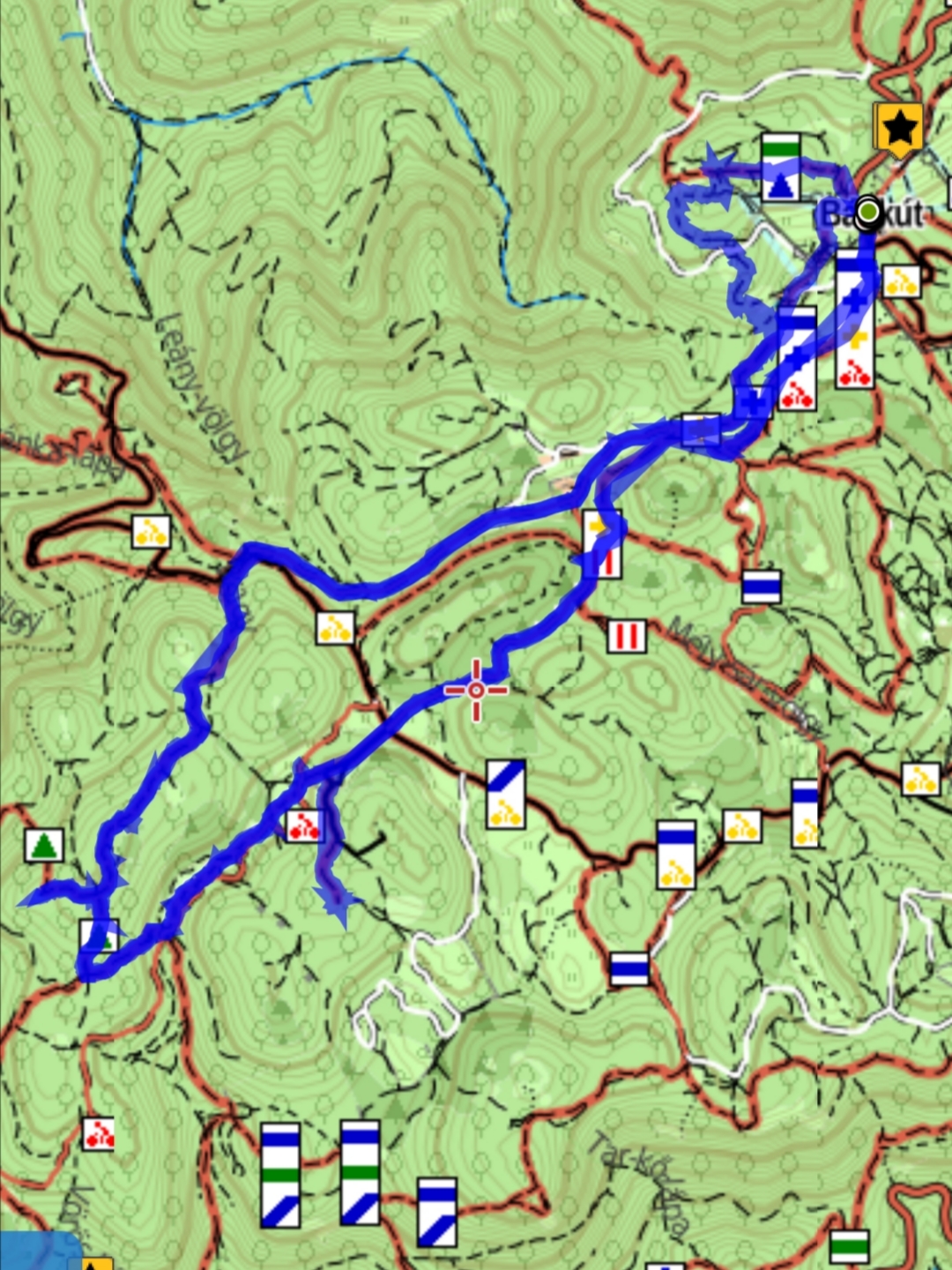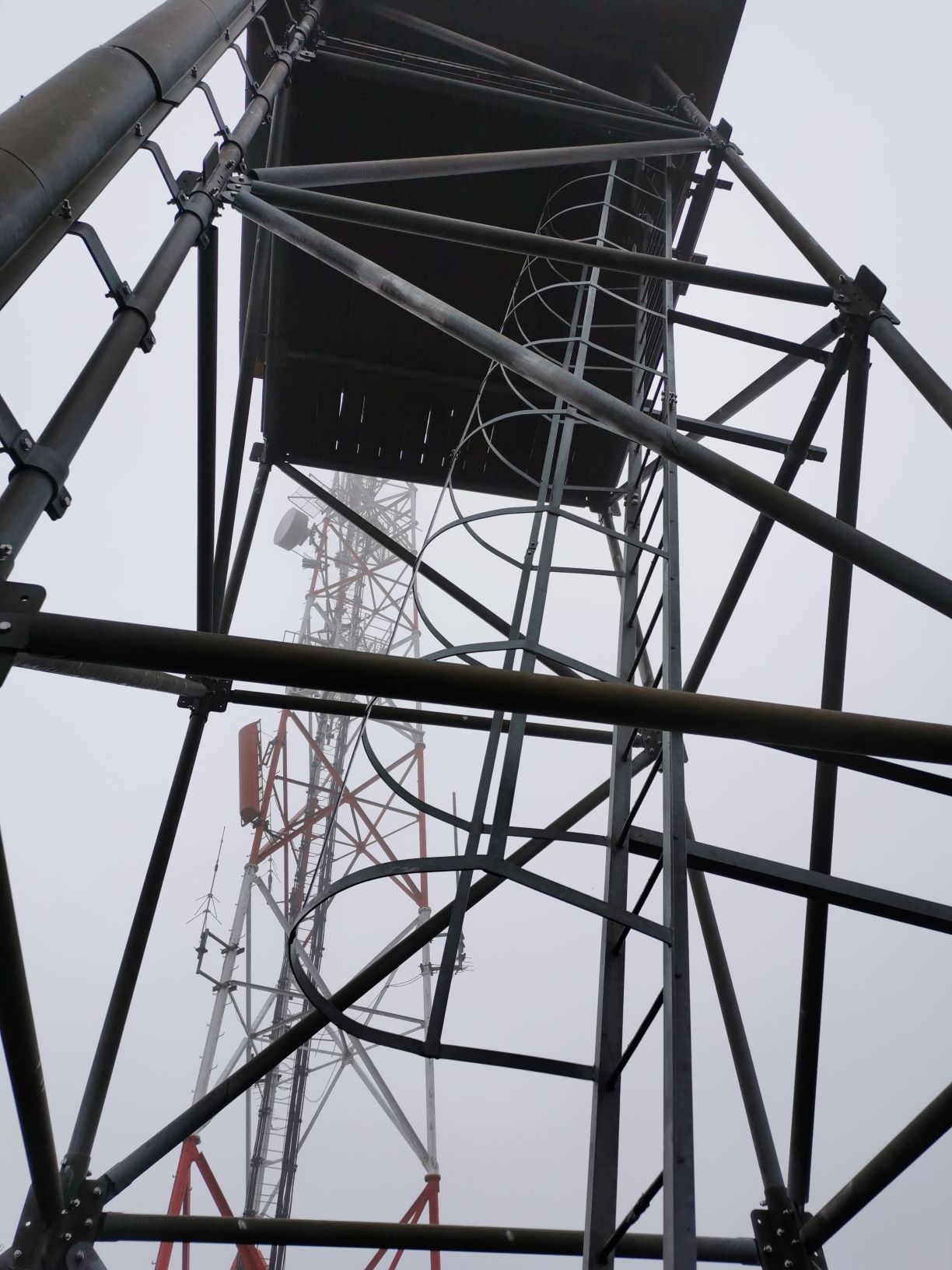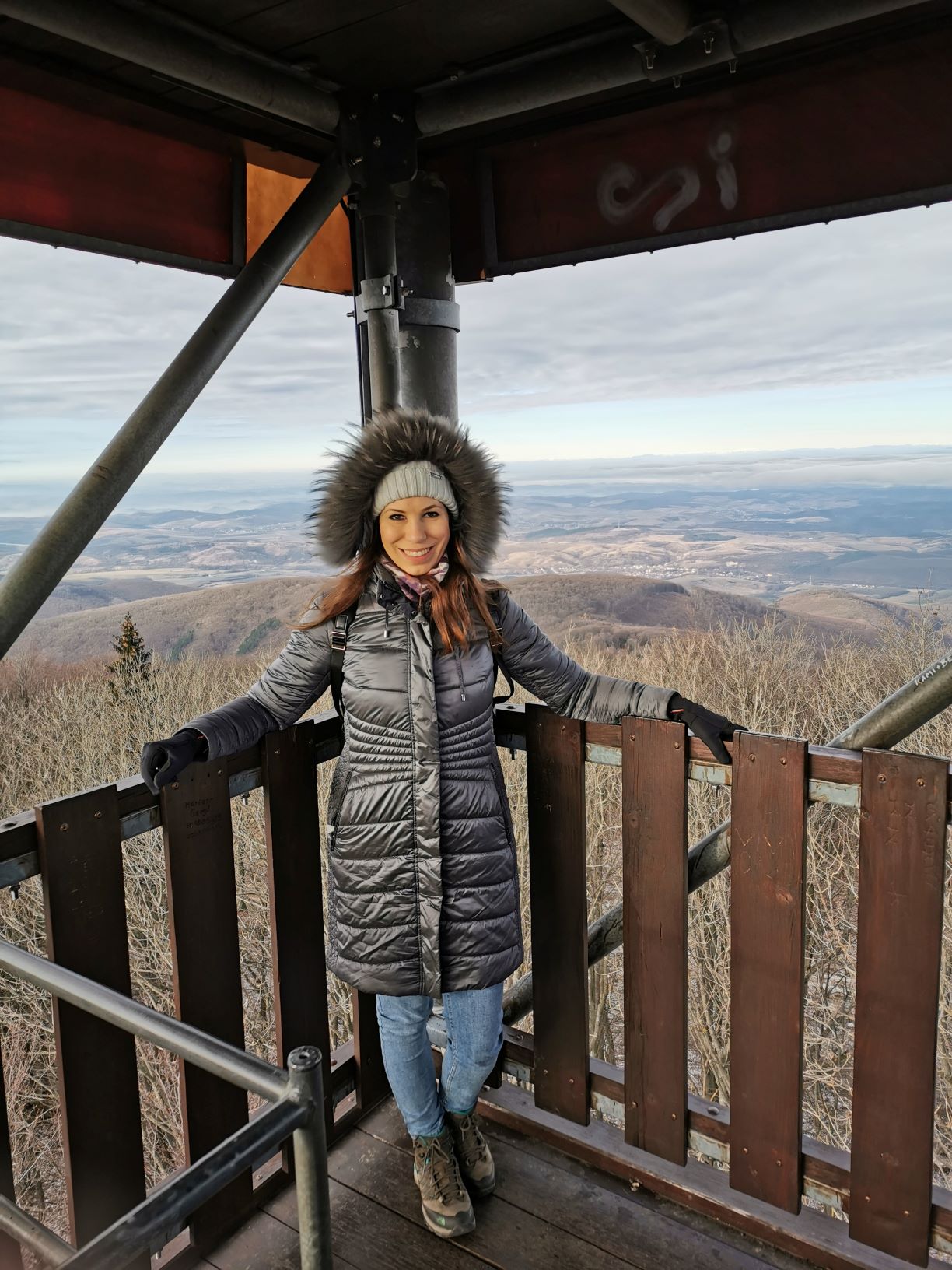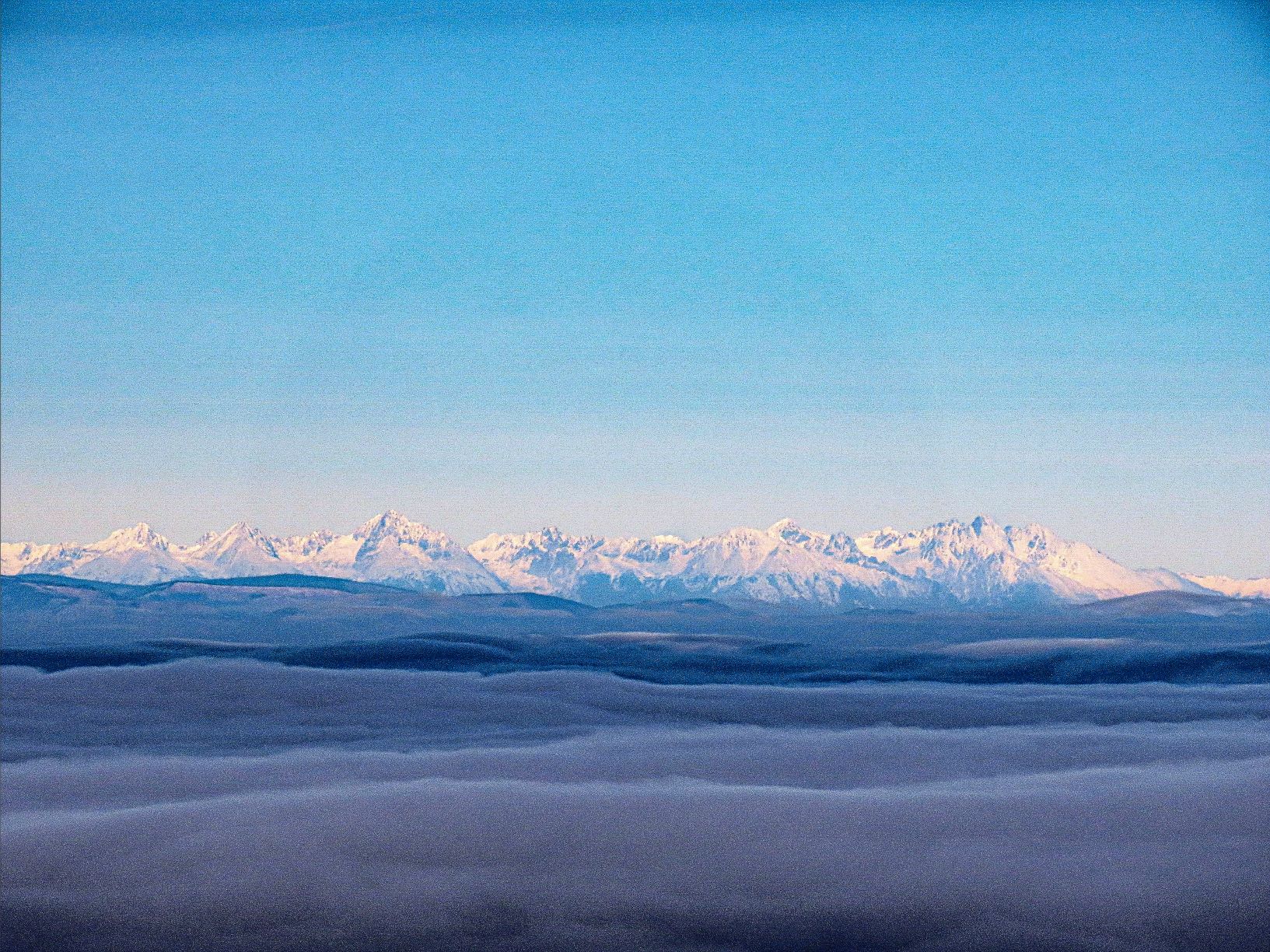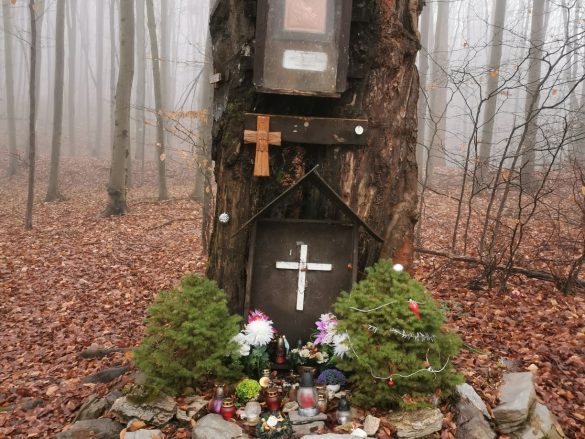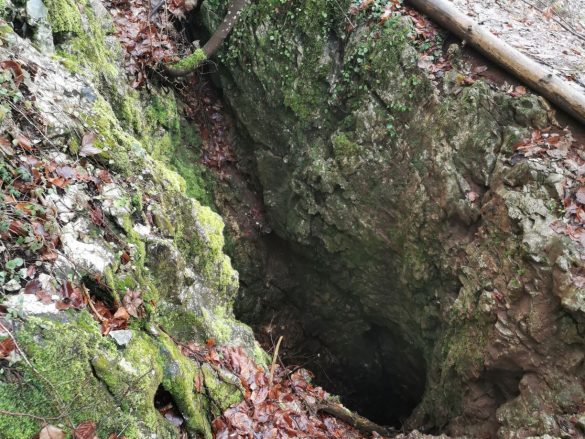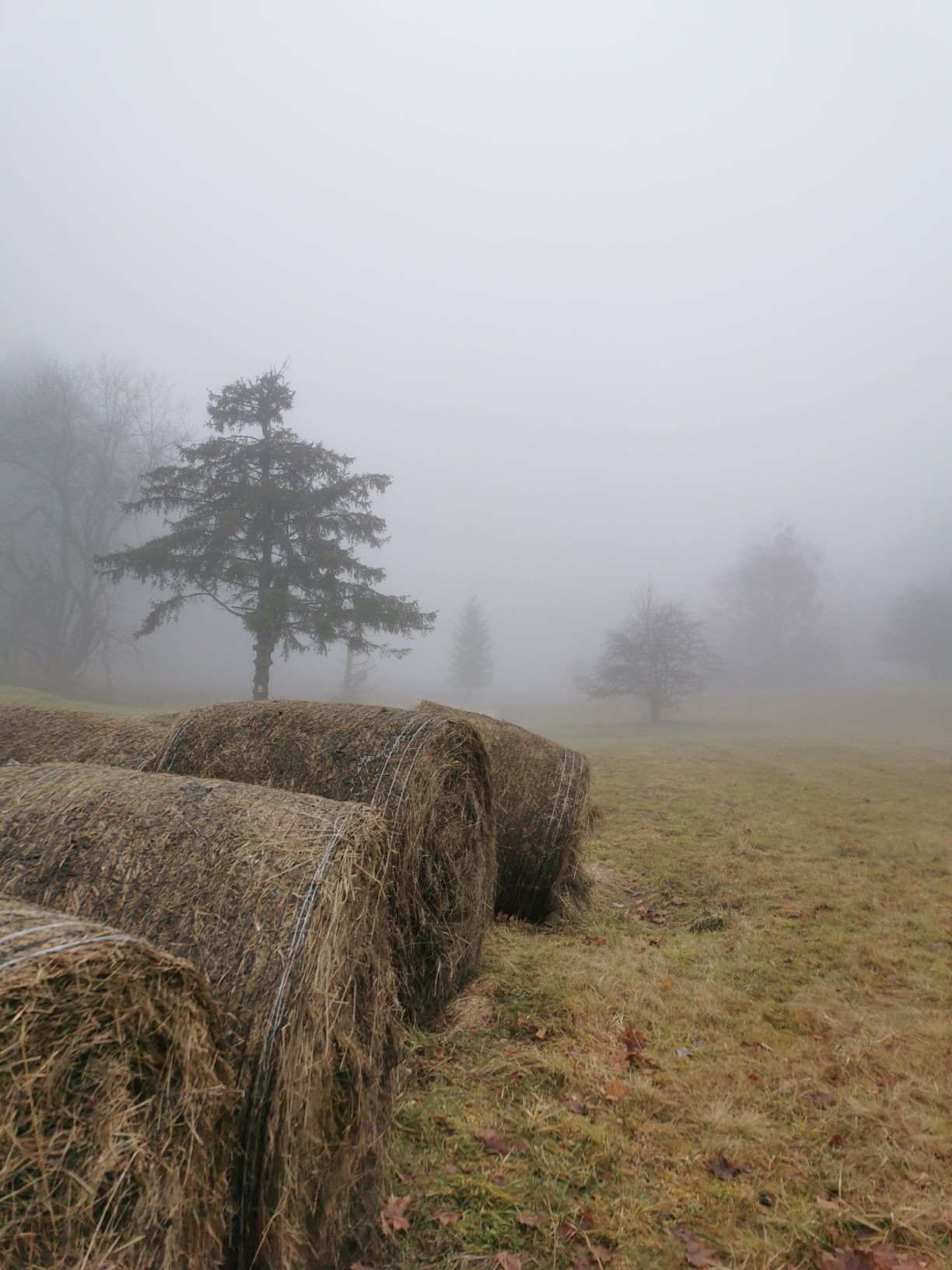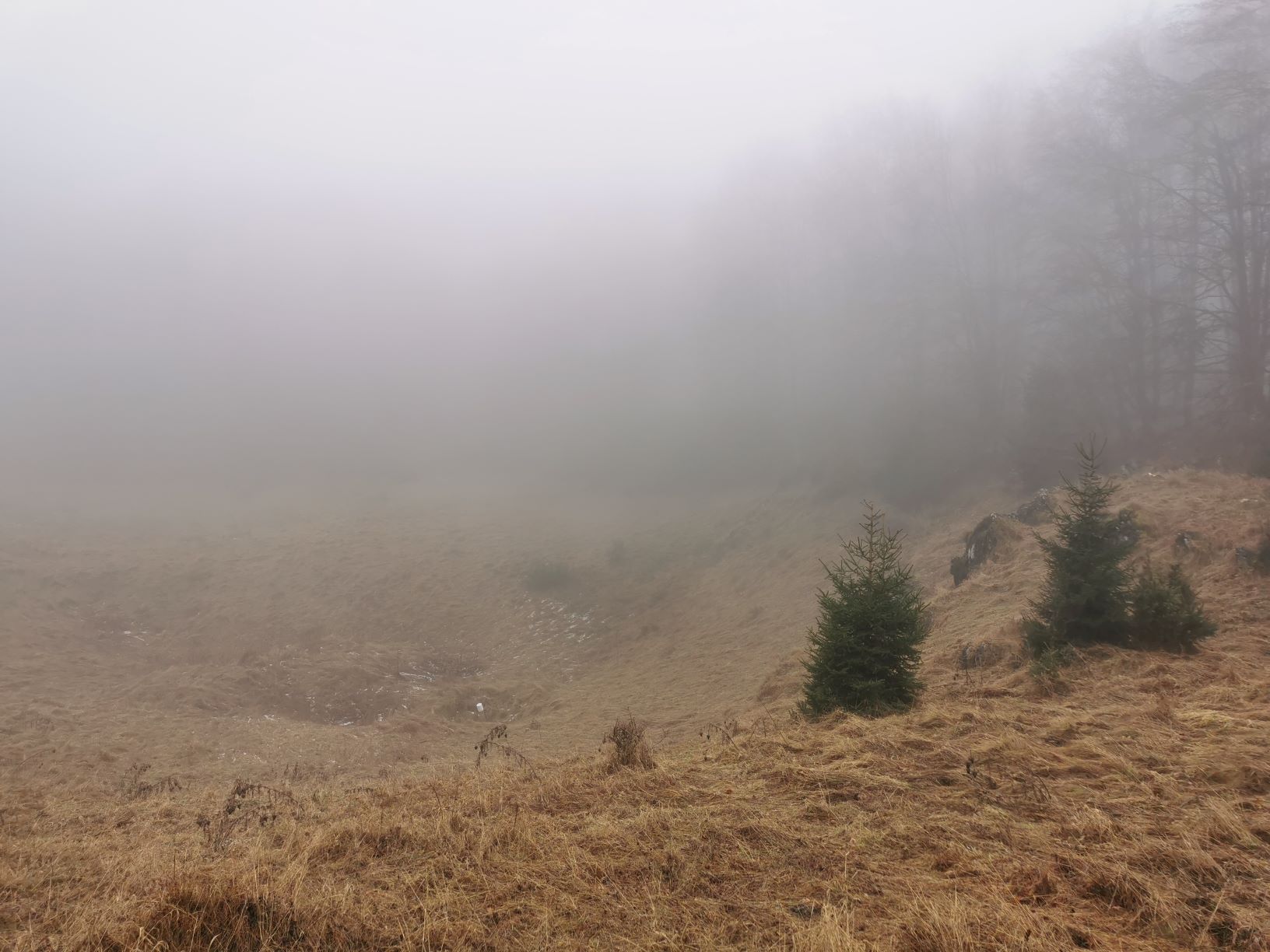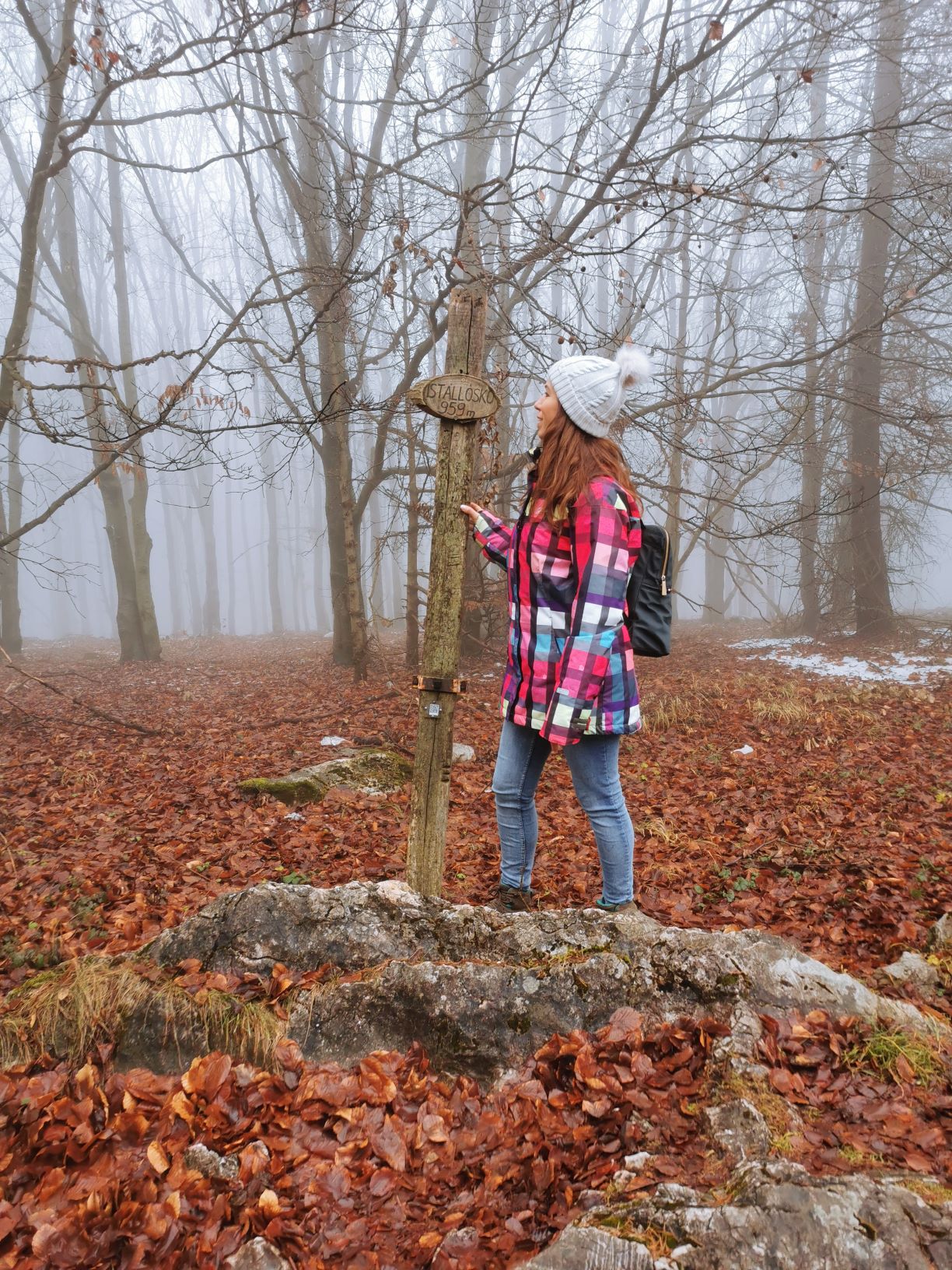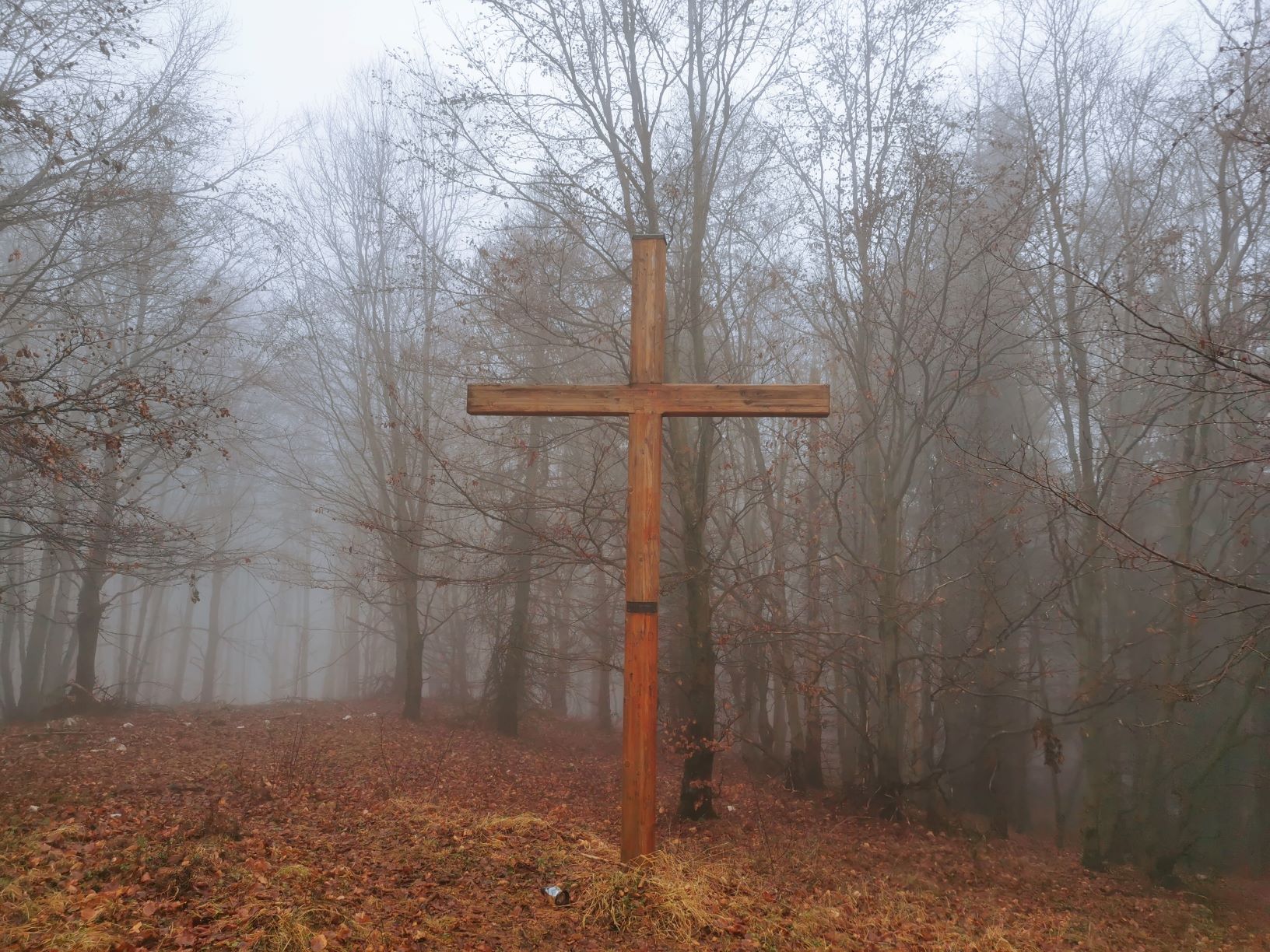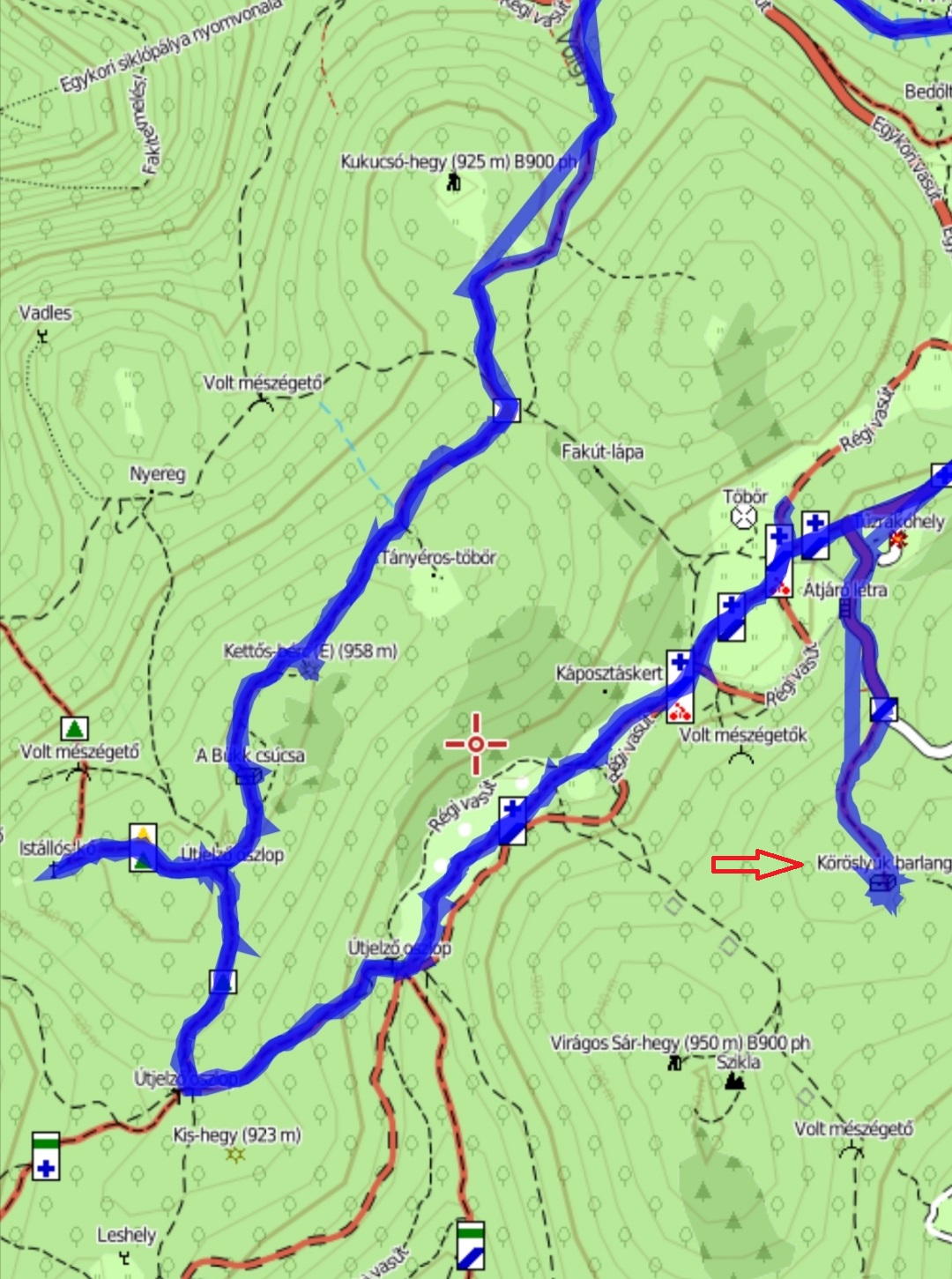When it comes to hiking, Bükk is one of the most beautiful places in Hungary for me. I say this not only because I was born here, but also because the mountain provides one of the most diverse terrains for hikers in our country. More than 1,000 kilometers of hiking trails lead through the Bükk. Of the 100 highest peaks in the country, 59 are here, many of which I have already conquered and written about here. And I don’t even talk about more than 1,000 caves and natural springs.
Bánkút
One of the most well-known centers of Bükk Mountain is Bánkút, which, with its altitude of 780-930, has become a popular place for winter sports and hikers. Its special features were discovered very early on. Until the 1890s, the plateau was mainly visited by hunters and forest workers. Then the cottage was opened in 1931 and it gave a boost to Bánkút for touristic visits and purposes.
Due to its ski slopes and sledge trails, Bánkút is often full of tourists in the winter which is a big contrast to the otherwise uninhabited settlement. In my blog post, I show you the crowd-free sights of Bánkút, which I recommend visiting at any time of the year.
Origin of the place
Bánkút is part of Nagyvisnyó municipality, named after the Bán stream to the north of it. According to legend Ernye Bán handed over his own horse to King Béla IV. who managed to escape from the battle of Muhi. He continued his noble deed and returned to battle without his horse, where he received severe wounds. He recovered from his injury and on Béla’s side, he later participated in the founding of the second country and the reconstruction of the country.
A bejegyzés megtekintése az Instagramon
Hiking trail
The total length of Bánkút hiking Bánkút is 17.9 km, which may seem long. But it is not strenuous due to the relatively small elevation (260 m). You can shorten this distance by half or even a third if you turn back in the Kis Huta meadow and do not go all the way to Istállóskő. There is no natural water on the way. Sso whether you are going for a full circle or a small circle, prepare food and enough liquid in advance. The starting and closing point of the tour is the Fehér Sas Pension in Bánkút. If you arrive by car, you can leave your car.
Petőfi Lookout Tower and Bálvány
The first attraction of the trip, apart from the beauties of the forest dotted with beech forests, os the highest observation terrace of Bükk Mountains. The tower standing at the 956 m Bálvány peak you can find the Petőfi Lookout Tower. At first glance looks more like a signal tower than a lookout one. The 18-metre tower was built in 1948 by tourists from Diósgyőr, 100 years after the War of Independence, hence its name comes from. The lookout tower has been closed for a long time, but since its renovation in 2016 it has been safe and accessible again. Although climbing requires some challenge and mental power due to its height.
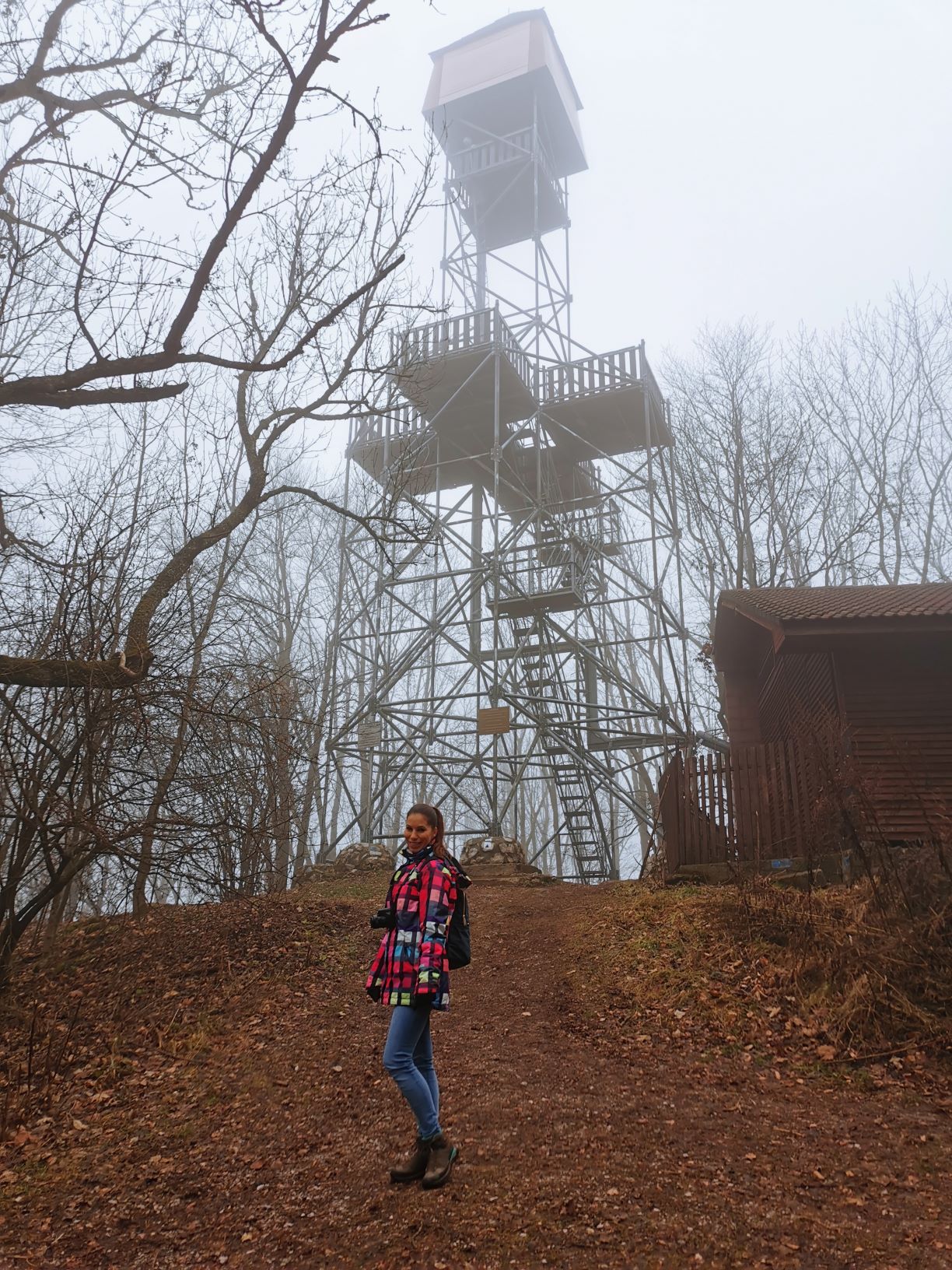
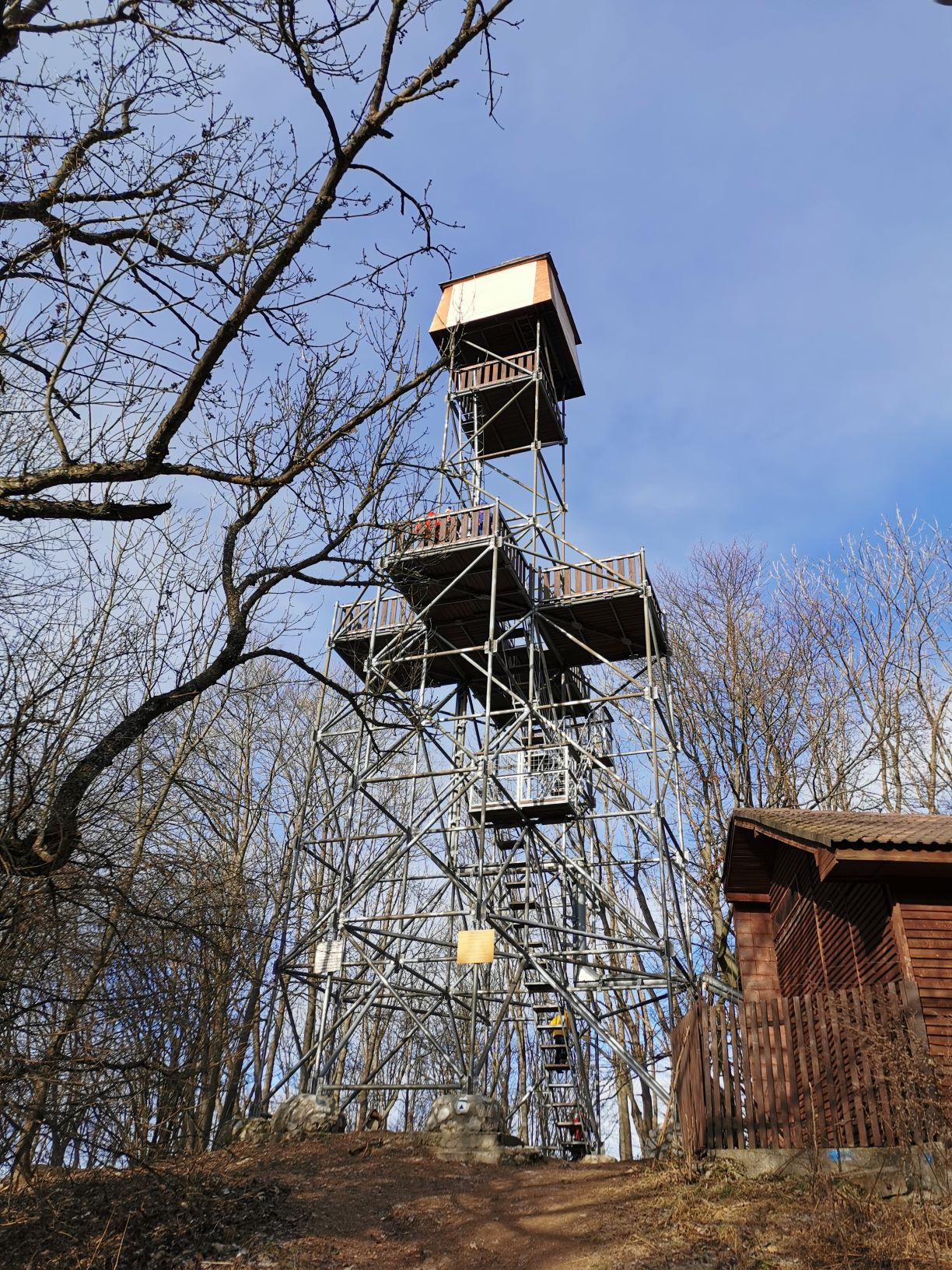
While a staircase leads up to the front terrace, you can climb up on an iron ladder to the top. Fortunately, you do not hang in the air, there is an iron strap behind you. This gives the fear of heights, like me, some reassurance. Even though I said at first glimpse I’m not able to go up, I changed my mind and how well I did.
From the top of the Petőfi Lookout Tower, a dizzying 360-degree panorama opens to the Highlands, together with almost all members of the North Central Mountains, and even to the ridges of Mátra and Börzsöny. In winter, when the airflows push down the clouds, you can also see the huge, rock-like peaks of the High Tatras. The first time I was here, the landscape was shrouded in thick fog, but two days later the Tatras. Another scenic point, where you can see the snowy peaks of Hight Tatras is Látó-kövek, about which you can read more here.

Highlands and more
The Faktor and the Kis Huta Meadows, lined with pine forests, are not the result of a natural process but were created by human hands. Initially, the wood was needed as a fuel for the process of glass blowing, later animals were grazed on it.
When walking along long meadows, if you are wary, you can find interesting things. Like a Madonna portrait on a beech tree at Faktor Meadow. It has been standing here for many years and acts as a holy place for forest workers and lime burners. Or you can also see the Diabáz Cave, which is a sinkhole but is closed to visitors.
Dolina
During the journey, you will certainly not lose sight of one of the peculiar karst forms in Bükk Mountains. The dolinas were formed about 5 million years ago and should be imagined as funnels or drains in the middle of the field. However, the photo does not give back the monumental size of them, they are huge. The diameter of the dolinas can reach up to 100 m (e.g. Tányéros töbör), but on the way you pass several smaller ones. Besides their shape, what’s special about them is that they have their own microclimate. In winter, the temperature can sink to minus 30 degrees, but there have been examples of temperatures of -0.8 degrees in July.
Szilvási-kő and Istállóskő
For a long time, until 2014, Istállóskő (959 m) was considered the highest peak of Bükk Mountains. It was named after the famous caveman cave near Szilvásvárad, about which I wrote earlier here. Now we know Istállóskő is not the highest peak of Bükk Mountains, but Szilvási-kő, which is exactly 960,715 meters high. The hiking trail around Bánkút includes both iconic points.
If you expect a wow experience on the two highest peaks of Bükk Mountains, I have bad news for you. There is nothing special about the two peaks, there is no even a view from them. Szilvási-kő is marked with a pile of stone-lined signs, while at the top of Istállóskő there is a small clearing with a cross named after Saint Imre.
Körös-lyuk Cave
The most interesting stop of the hiking tour is a cave that can be accessed by veering off the blue cross trail. After leaving the Fekete Sár forester’s house, next to the former lime burner you will find the cave named after the nearby Körös-bérc. It definitely deserves 1.5-2 km extra walking off the beaten road.
It is the largest cave in Hungary situated on the highest altitude and probably the oldest cavity of Bükk Mountains too. The cave was formed in the 200-250 million-years-old limestone and has been graved with spring water over millions of years. It’s 40 meter long cave and has a skylight on the top. The Köröslyuk Cave is free to visit, but due to its geological and paleontological importance (bones of cave bear and lion were found here) it enjoys increased protection.
A bejegyzés megtekintése az Instagramon
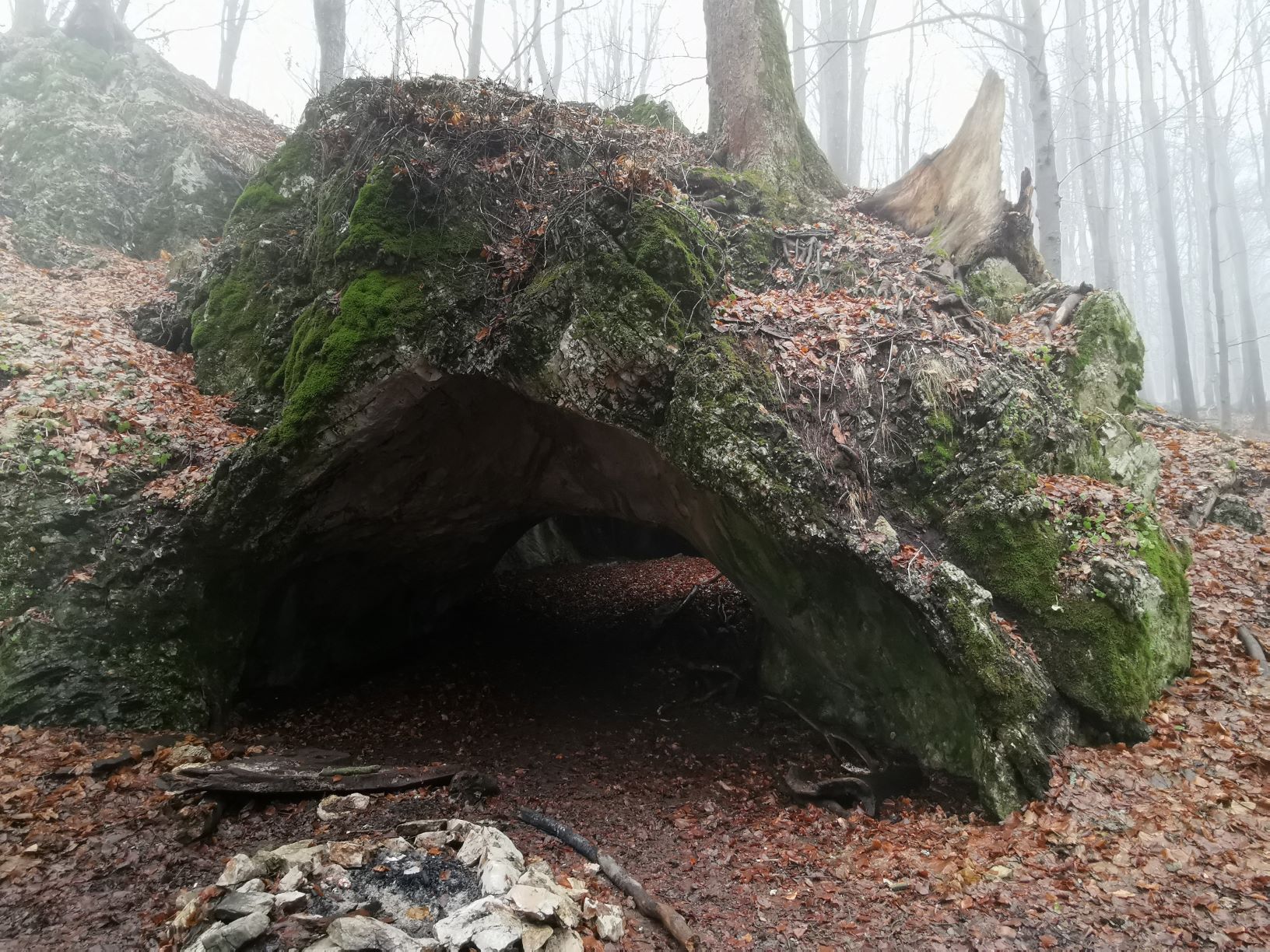
On the way back to Bánkút, apart from a few other things, you will not have much to do. But the sight of fog in the forest and the experiences gathered during the day guarantee that you will arrive in the parking lot tired but filled with many positive experiences.


